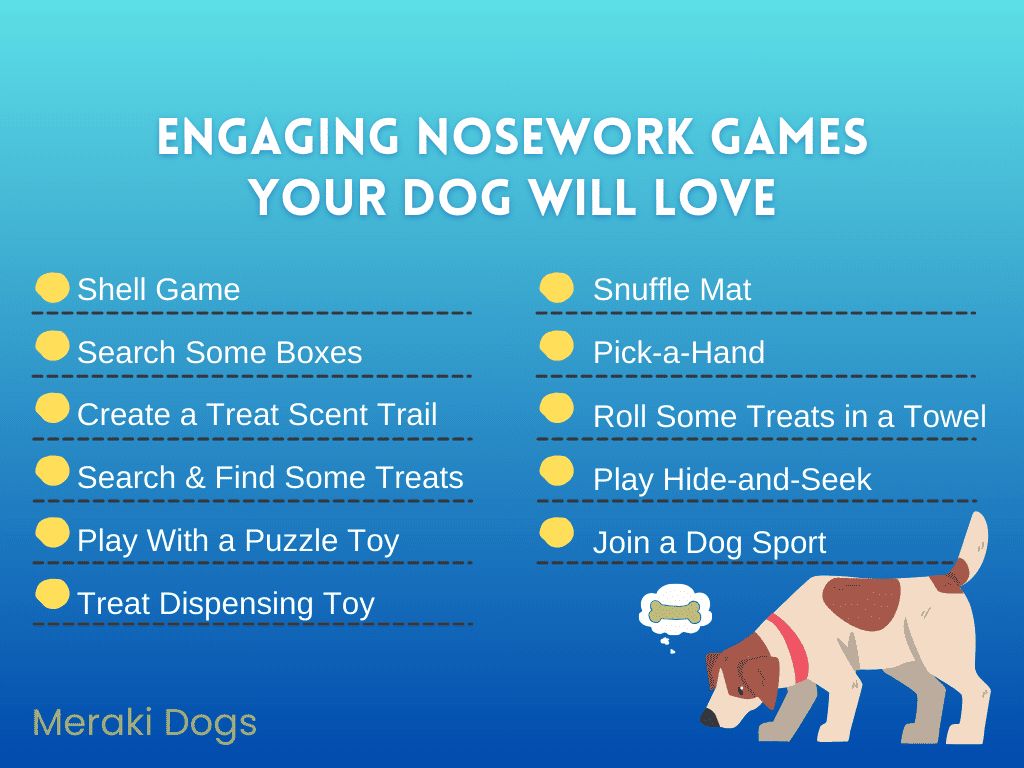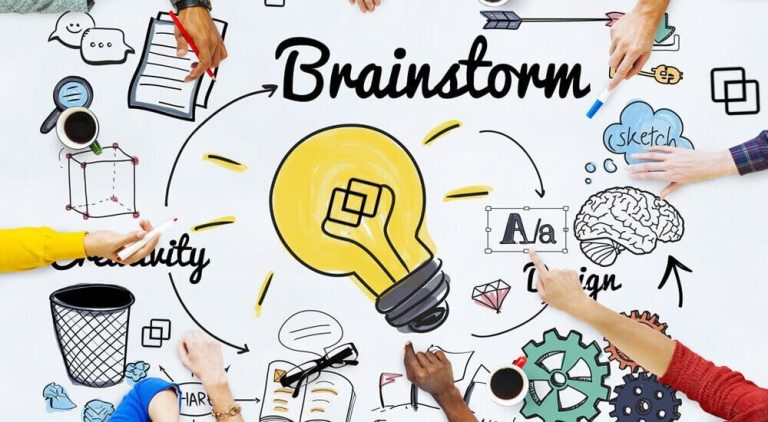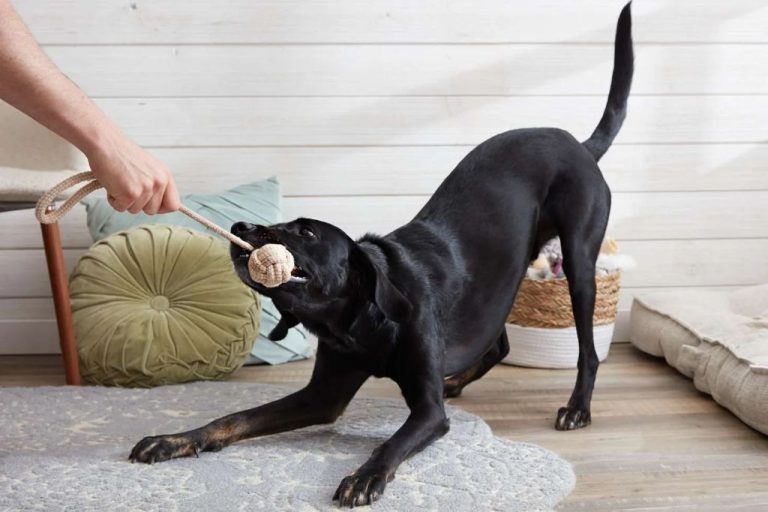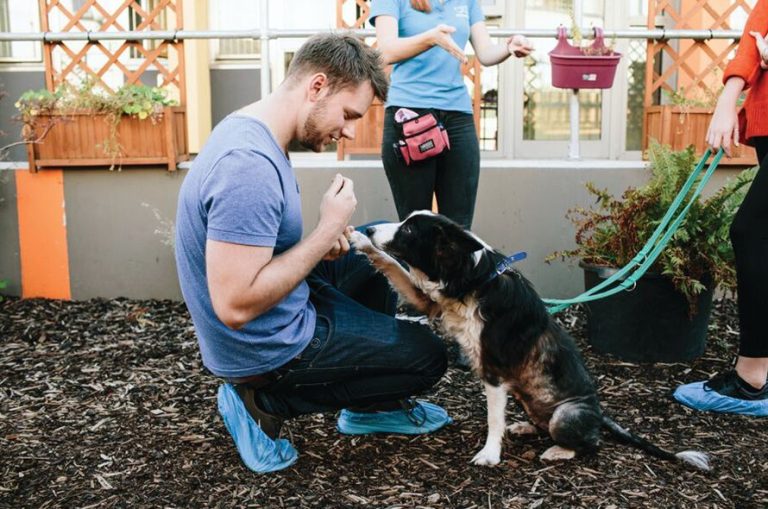Mental Stimulation Exercises For Dogs: Keeping Their Minds Sharp
Mental stimulation is critically important for a dog’s health and wellbeing. Keeping a dog’s mind active provides cognitive benefits, reduces stress and anxiety, prevents boredom and destructive behaviors, and strengthens the human-animal bond. This article will provide an overview of different types of mental exercises that dog owners can use to keep their canine companions mentally sharp.
There are many interactive games, puzzles, and training activities that can stimulate a dog’s mind. This includes food puzzles, snuffle mats, nosework, obedience training, outdoor exploration, and more. Mental stimulation exercises provide dogs an outlet to use their natural abilities and instincts in a positive way. Additionally, these activities can tire out a dog by making them focus and problem solve.
By incorporating mental stimulation into a dog’s routine, owners can promote better behavior, improved cognitive abilities, and an overall higher quality of life. The following sections will explore specific methods for keeping a dog’s mind engaged and sharp.
Why Mental Stimulation Matters
Mental stimulation is incredibly important for dogs to keep their brains active and engaged. According to research from Petite Pup Daycare, mental stimulation helps fight off symptoms of dementia, anxiety, and depression in older dogs. It also creates a strong cognitive foundation for younger dogs.
Additionally, mental stimulation prevents boredom and associated behavioral issues in dogs. The NoHo Arts District notes that “mental stimulation can stave off depression in dogs and keep them happier.” Dogs that receive regular mental enrichment are less likely to develop problem behaviors due to boredom and understimulation.
Finally, mental exercise provides vital mental enrichment for dogs. As Animal Wellness Magazine explains, “Increased mental activity results in improved mental health and cognitive function in dogs. It builds confidence, reduces stress and anxiety, prevents cognitive decline and keeps your dog engaged and interested in life.”
Types of Mental Exercises
Keeping your dog mentally stimulated is important for their health and happiness. There are many types of mental exercises you can do with your dog to keep their mind engaged and prevent boredom. Some good options include:
Puzzle toys are a great way to make your dog use their problem solving skills. These toys often involve manipulating pieces to reveal hidden treats. Working through the puzzle provides mental stimulation. Some popular puzzle toys are the Kong Wobbler, Trixie Puzzle, and the Nina Ottosson line of interactive games.
Snuffle mats are another excellent tool for mental enrichment. These mats hide kibble or treats within their faux fur fabric. Dogs use their powerful sense of smell to locate the goodies. This mimics the sniffing and foraging they would do in nature. Snuffle mats engage your dog’s mind and slow down fast eaters.
Playing hide and seek with treats or toys is an easy way to provide mental stimulation. Have your dog stay while you hide their favorite toy or treats around the house or yard. Then release them to go on a search mission. Start with easy to find locations and increase the difficulty over time.
Learning new commands and tricks is very mentally taxing for dogs. Even practicing known cues helps strengthen the mental pathways. Spend 10-15 minutes per day running through basic obedience cues like sit, stay, down, etc. You can also teach fun new tricks like spin, bow, wave and more.
Food Puzzles and Toys
There are many types of food puzzle toys that provide mental stimulation for dogs. Some popular options include:
- Puzzle feeders – These dispense food as the dog moves or slides pieces around. Examples are the Kong Wobbler and Trixie Flip Board.
- Treat balls – Food is hidden inside a ball with holes and the dog has to roll it around to release treats. The Omega Paw Tricky Treat Ball is a classic choice.
- Interactive toys – These involve manipulating levers, sliders, or compartments to access food inside. The Nina Ottosson puzzle toys offer different levels of challenge.
To use food puzzles, simply place your dog’s regular kibble or treats inside the toy. Make sure to start with an easy level so your dog can figure out how to access the food. Then you can increase the challenge by using smaller sized kibble or feeding less so your dog has to work harder and take more time. Give your dog 15-30 minutes daily with the puzzle.
The benefits of food puzzles include:
- Slowing down eating – This prevents gorging and improves digestion.
- Providing mental exercise – Your dog has to problem solve to get the food out.
- Preventing boredom – It gives your dog an engaging activity.
- Satisfying natural foraging instincts – The dog gets to “hunt” for food.
Be sure to monitor your dog with any toy to avoid choking hazards. Food puzzles give dogs a brain workout along with delivering their meals!
Snuffle Mats
Snuffle mats are a popular type of mental stimulation toy for dogs. These mats encourage natural foraging behaviors by hiding treats in the fabric folds and fibers. Dogs use their powerful sense of smell to sniff out rewards tucked into the mat.
To use a snuffle mat, simply spread out the mat and hide treats throughout by burying them in the fabric. You can also sprinkle kibble or smear paste dog treats on the mat. Then let your dog sniff out and discover the goodies! Supervise your dog during use to ensure they don’t try to ingest the mat material.
There are many types of snuffle mats to choose from including folds mats, waffle and bumpy mats, and machine washable mats. Consider the size of your dog and their chewing tendency when selecting a snuffle mat.
Nosework
Nosework is a type of scent-based mental stimulation for dogs that taps into their natural ability and keen desire to use their nose. The goal is to have the dog search out a target scent (like birch, anise, or clove) that has been hidden in an area. It requires concentration and mental engagement from the dog as they use their nose to search around and sniff out where the scent has been hidden. Nosework can be done both indoors or outdoors.
You can easily start nosework at home by hiding treats or a scented item around the home and encouraging your dog to find them. Start with easy searches and progress to more difficult ones over time. You can also purchase nosework/scentwork kits that come with target scents and other supplies to practice more structured nosework and search games. Competitions for canine nosework are growing in popularity as well.

Some examples of nosework games to engage your dog’s mind through their sense of smell:
– Hide treats in cardboard boxes or under plastic cups for your dog to sniff out. Start easy and progress to more challenging searches.
– Place a drop of essential oil like birch or anise on cotton balls. Hide them around a room or yard for your dog to find.
– Hide scented articles like socks or toys and ask your dog to “find!” Help them get started.
– Build DIY scent boxes or tubes to hide food or scents for nosework searches.
Obedience Training
Obedience training is a great way to provide mental stimulation for dogs. Teaching your dog new commands forces them to use their brain as they learn how to understand what you want and how to perform the behaviors properly. Obedience training engages a dog’s mind through the mental work involved in comprehending commands, focusing attention, and exercising self-control.
After a dog masters basic obedience commands like sit, stay, come, down, heel, and leave it, you can move on to more intermediate and advanced skills. Some great obedience commands to teach for mental stimulation include:
- Spin
- Crawl
- Wave
- Speak/quiet
- Roll over
- Play dead
- Go find (person, toy, etc.)
- Weave through legs
- Balance treats on nose/paws
Regular obedience training sessions provide dogs an outlet to use their minds. The mental work involved tires them out and leaves them feeling fulfilled. Plus, strengthening your bond through training provides enrichment and helps prevent problem behaviors stemming from boredom. Just a few 5-10 minutes sessions per day is enough mental stimulation to keep your dog engaged and challenged.
Sources:
https://www.akc.org/expert-advice/training/fun-cognitive-training-games-for-dogs/
Games for Mental Exercise
Playing games that engage your dog’s mind is a great way to provide mental stimulation. Here are some fun games to try:
Hide and Seek
This classic game taps into your dog’s natural hunting instincts. Ask your dog to sit and stay while you go hide. Then call your dog to come find you. Reward with praise and treats when they locate you. Increase the challenge by hiding treats instead of yourself.1
Shell Game
Place a treat under one plastic cup. Shuffle the cup around with two empty cups. Let your dog sniff and paw at the cups to find the treat. This game engages their nose, paws and problem-solving skills.2
Fetch Variations
Standard games of fetch are great exercise, but you can make your dog think by varying the game. Throw two balls in opposite directions, use uneven bouncing balls, roll the ball down a slide or switch between different types of fetch toys.
Fun Training Games
Any kind of training engages your dog’s brain, but you can make it more fun by incorporating play and mixing up the commands and locations. Reward your dog randomly to keep them engaged and wanting more.
Outdoor Exploration
Taking your dog outside to new environments provides excellent mental stimulation. Outdoor exploration encourages your dog to use their senses of sight, sound, and smell to engage with their surroundings in exciting new ways.
Going on trail walks exposes your dog to new sights and smells that are different from your neighborhood. Switching up to new parks and locations also brings novelty, which research shows can be cognitively stimulating for dogs.[1]
You can also create outdoor scavenger hunts for your dog by hiding treats around your yard or outdoor area. Let them use their powerful nose to sniff out the hidden rewards. This activity provides physical and mental exercise as your dog engages their brain to solve the hunting puzzle.
Outdoor exploration is an enriching way to provide mental stimulation for dogs of all ages and breeds. The sights, sounds, and smells of the natural world give them an exciting environment to actively engage their minds and senses.
Conclusion
Mental exercise is an integral part of ensuring our dogs live happy, enriched lives. An active mind keeps dogs engaged, uplifted and less prone to boredom or destructive behaviors. This article covered various ways to provide mental stimulation for dogs through activities like food puzzles, nosework, training exercises and outdoor exploration.
Always monitor your dog’s interest level with any mentally stimulating activity. Rotate through different puzzles, games and environments to keep their minds sharp. Take cues from your dog on what types of mental exercises they enjoy most. Set aside time every day dedicated just to engaging their mind and problem-solving skills.
A mind is a precious thing to waste. Our canine companions thrive when their intelligence is continuously nurtured. Make mental stimulation a regular part of your dog’s routine and they will remain alert, attentive and eager to learn. An engaged mind leads to a happy, well-adjusted dog that lives life to the fullest.





